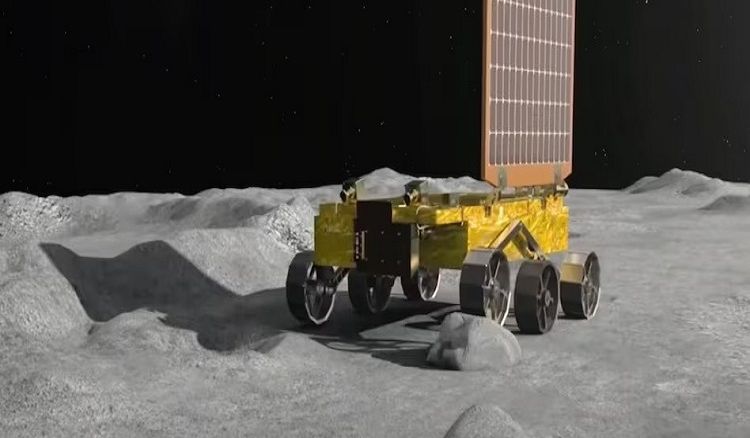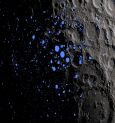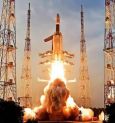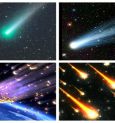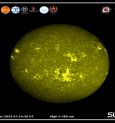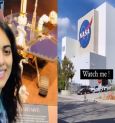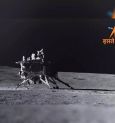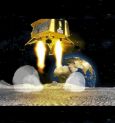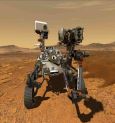India achieved history on August 23 by becoming the first country to touch down on the moon's South Pole. Since the soft landing of Lander Vikram, Rover Pragyan has been searching for new information and making every Indian proud. Again, ISRO confirmed another piece of information through Rover Pragyan.
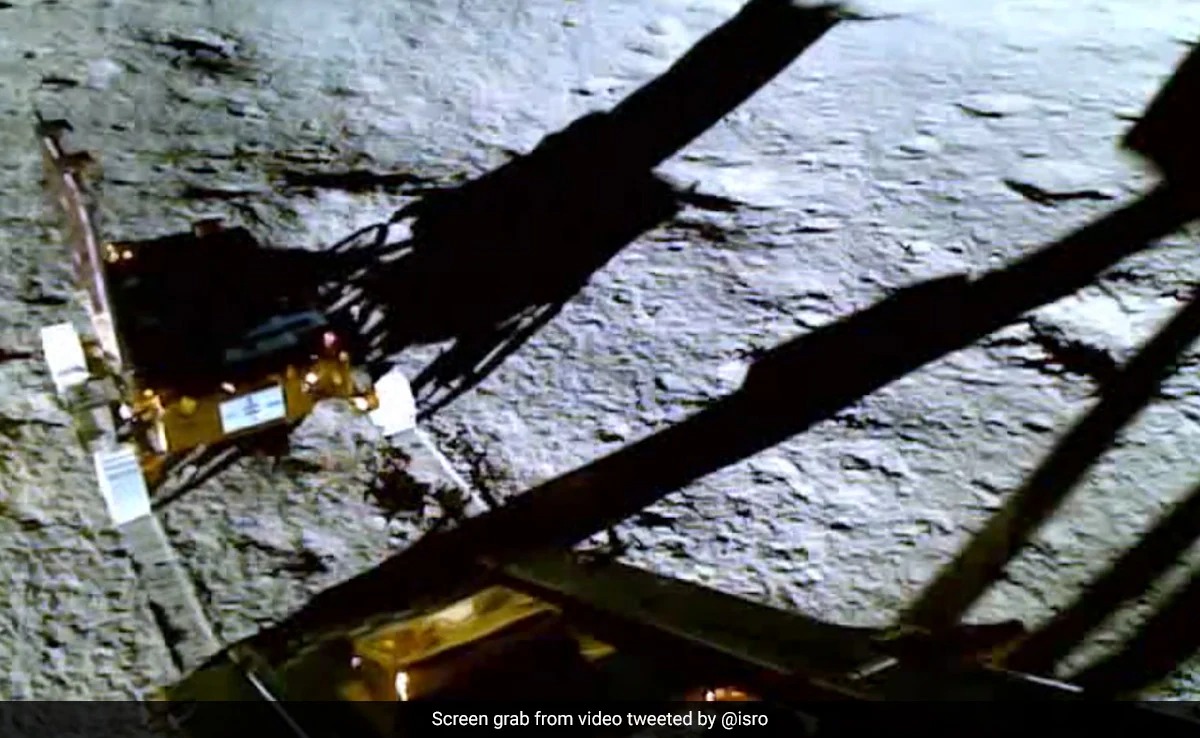
The Indian Space Research Organisation (ISRO) said on Tuesday that the rover Pragyan payload with the Laser-Induced Breakdown Spectroscope (LIBS) instrument confirmed the presence of sulphur and oxygen on the lunar surface near the south pole. ISRO said that it is the first-ever in-situ measurement. Along with sulphur and oxygen, the rover's spectroscope also detected aluminium, calcium, ferrous (iron), chromium, titanium, manganese, and silicon, as expected. The search for hydrogen is underway.
ISRO tweeted in a post by saying, "In-situ scientific experiments continue ..... Laser-Induced Breakdown Spectroscope (LIBS) instrument onboard the Rover unambiguously confirms the presence of Sulphur (S) in the lunar surface near the south pole, through first-ever in-situ measurements. Al, Ca, Fe, Cr, Ti, Mn, Si, and O are also detected, as expected. Search for Hydrogen (H) is underway. LIBS instrument is developed at the Laboratory for Electro-Optics Systems (LEOS)/ISRO, Bengaluru."
Global space technology expert and investor Candace Johnson said on Saturday that Chandrayaan-3's rover Pragyan will also find the presence of ice on the moon's south pole. She also said that India's space mission has motivated not only the young generation of India but also the whole young generation of the world.
ISRO said on Monday that the Pragyan Rover had come across a 4-metre-diametre crater on the lunar surface, some 3 metres ahead of its location. It had then been commanded to retrace its path and head down a new, safer route.
Scientists said that the rover is currently in a "race against time," with ISRO working to cover the maximum distance of the uncharted South Pole on the moon. Two of the moon mission objectives—soft landing on the lunar surface and movement of the Pragyan rover—have already been achieved. The rover and lander continue to obtain science data via attached payloads.
Nilesh M. Desai, Director, Space Applications Centre, told a media agency on Sunday, "We have only 14 days in total for this mission, which is equal to one day on the moon, so four days have been completed. The more experiments and research we can do in the remaining ten days will be important. We are in a race against time because in these 10 days, we have to do maximum work, and all the ISRO scientists are working on it."
 বাংলায় পড়ুন
বাংলায় পড়ুন


